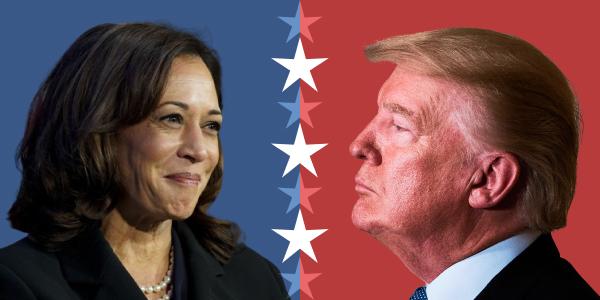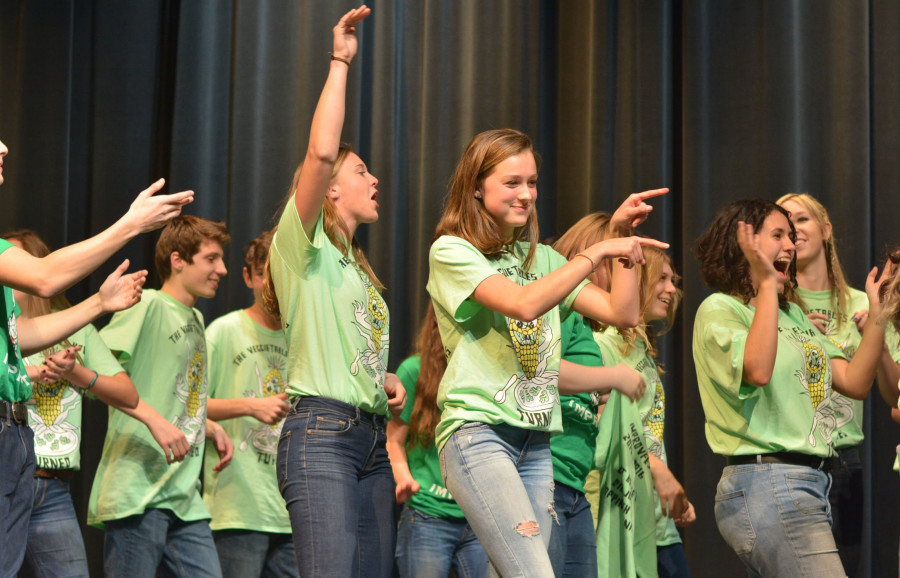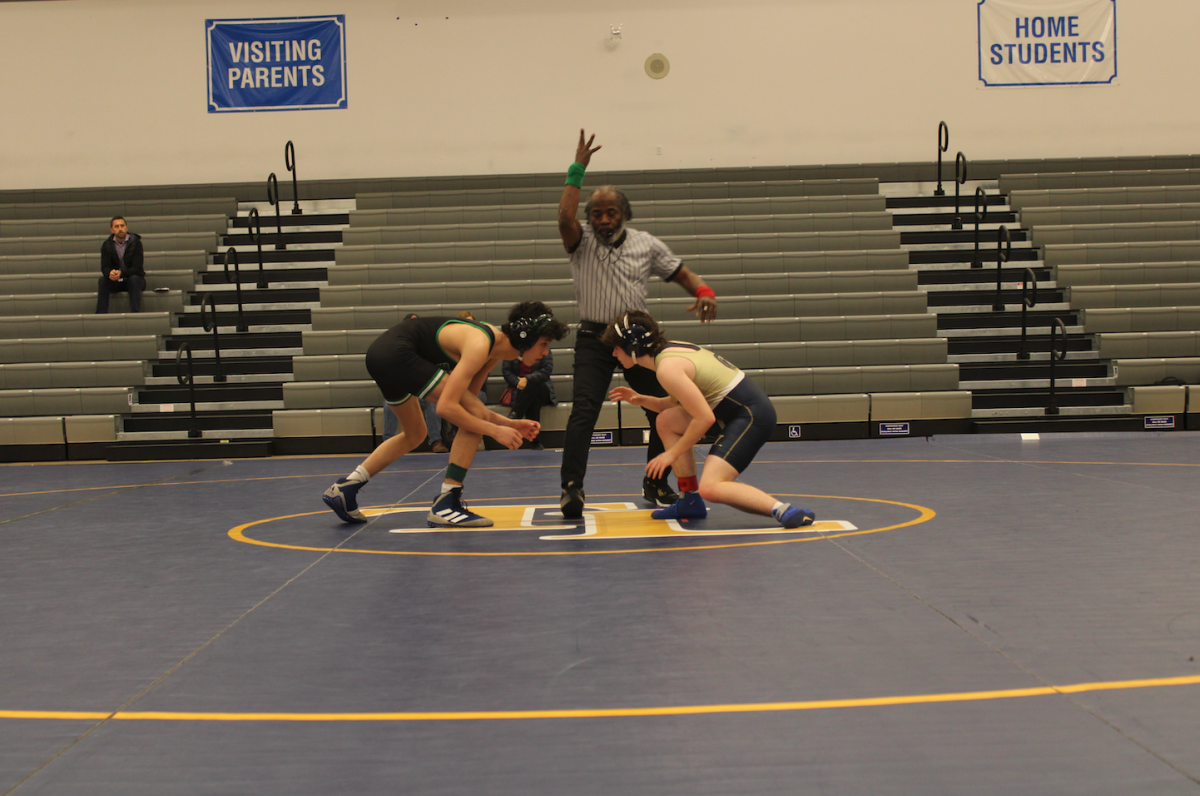Conflicting Reports of the Capitol Siege
March 26, 2021
On Jan. 6, the electoral votes for the nomination of Joseph R. Biden, were being read in the Senate chambers. Months before this, tensions in the far-right sector of the Republican party were mounting. Their logic was that they believed that the election was fraudulent. The failed insurrection introduced the question of whether or not standing government policies for managing credible intelligence are sufficient for the stability and safety of the people and their government.
According to NPR, at around 2:00 P.M. EST rioters walked down Pennsylvania Ave toward the Capitol building in a massive crowd. At the same time, both the House and Senate chambers were in session, counting the electoral votes of the recent election. The New York Times wrote a ‘visual investigation’ about the timeline of what happened on Jan. 6th. Earlier in the day, President Trump walked up to the stage and called on his supporters to walk to the Capitol at around 12:15 p.m At around 12:15 p.m., President Trump walked onto the stage and called for his supporters to walk down to the Capitol. Photos taken en route to the Capitol show the hardcore beliefs that these supporters held, a common denominator for all of them, the “Trump 2020” flags and American flag held high. At around 12:53 p.m., loyalists to the President began to push back barricades and officers on the Northwest and West sides of the Capitol grounds.
Inside of the Capitol, the Speaker of the House, Nancy Pelosi, begins a joint session between the Senate and House of Representatives to discuss the casted electoral votes for the election of the President of the United States. According to Ballotpedia, objections were heard from Rep. Paul Gosar (R-Ariz.), Sen. Ted Cruz (R-Texas), Rep. Marjorie Taylor Greene (R-Ga.), and more. Senators and Representatives in their respective sessions were unaware of the growing tensions outside.
During a debate, the session is called to recess at 2:13 p.m. The Northwest side of the Capitol is breached 2 minutes later. QAnon supporters, Trump supporters, journalists, and police officers had a standoff outside the Senate chamber around 2:16 p.m. Thousands of people swarmed around the Capitol grounds and adjacent streets as Trump loyalists entered the Capitol building. Representatives took cover behind seats while the insurrectionists broke through barricaded doors that are guarded by armed police.
In the aftermath, doors and windows and belongings within the Capitol had been vandalized and some had even been stolen. An in-depth investigation would break down the events that had occurred that day.
On Feb. 23rd, the first hearing regarding the conduct of officials present on Jan. 6th began. As the hearings progressed it became clear that there would be nobody to clearly lay the blame on. Many officials and organizations have been accused of contributing to the government’s inability to defend the Capitol Building.
On Jan. 5th, the FBI had received word that a group of right-wing extremists were planning to storm the capitol. According to the FBI, this information was immediately sent to the Capitol Police. However, according to former Capitol Police Chief Steven Sund, he was not informed of this critical information by his subordinates.
The Pentagon has also come under fire for their delay in sending the National Guard to pacify the situation. According to commanding general of the District of Columbia National Guard, Major General William Walker 3 hours had elapsed from the time the National Guard were called in to the time they were actually deployed Walker pointed out that this delay did not exist during the less aggressive civil rights protests that occurred during the summer of 2020. Walker also stated that the Department of the Army is to blame for the delay, as they had asked Walker to submit a plan before any action could be taken and they did not notify Walker of the call for support until 5 P.M. The Department of the Army was also apparently concerned about the “optics” of sending the national guard in to pacify the situation. Sophomore Sarah Mondesir said, “Likely, they were concerned about the optics because they [National Guard] would be armed when they came. In a way, they didn’t want blood on their hands.”
According to various military officials, Walker was called at 3 P.M. and told to ready the National Guard for deployment. Further complicating things, in the days leading up to Jan. 6th, the Capitol Police indicated that they would not be requiring national guard support.
Though this investigation has shed light on some events of the attempted insurrection. it casts other events into deeper shadow. The failure of Capitol Hill officials to prevent the attack and defend the building is certainly unfortunate, however it is simply a small part of a wider problem. With the constant misinformation and deception being spread through dar-right circles, it is likely that something like this may occur again. The government must ensure that it is not just prepared for another event of this kind, but also must take pre-emptive measures to reduce the risk of something like this happening at all.






















































































